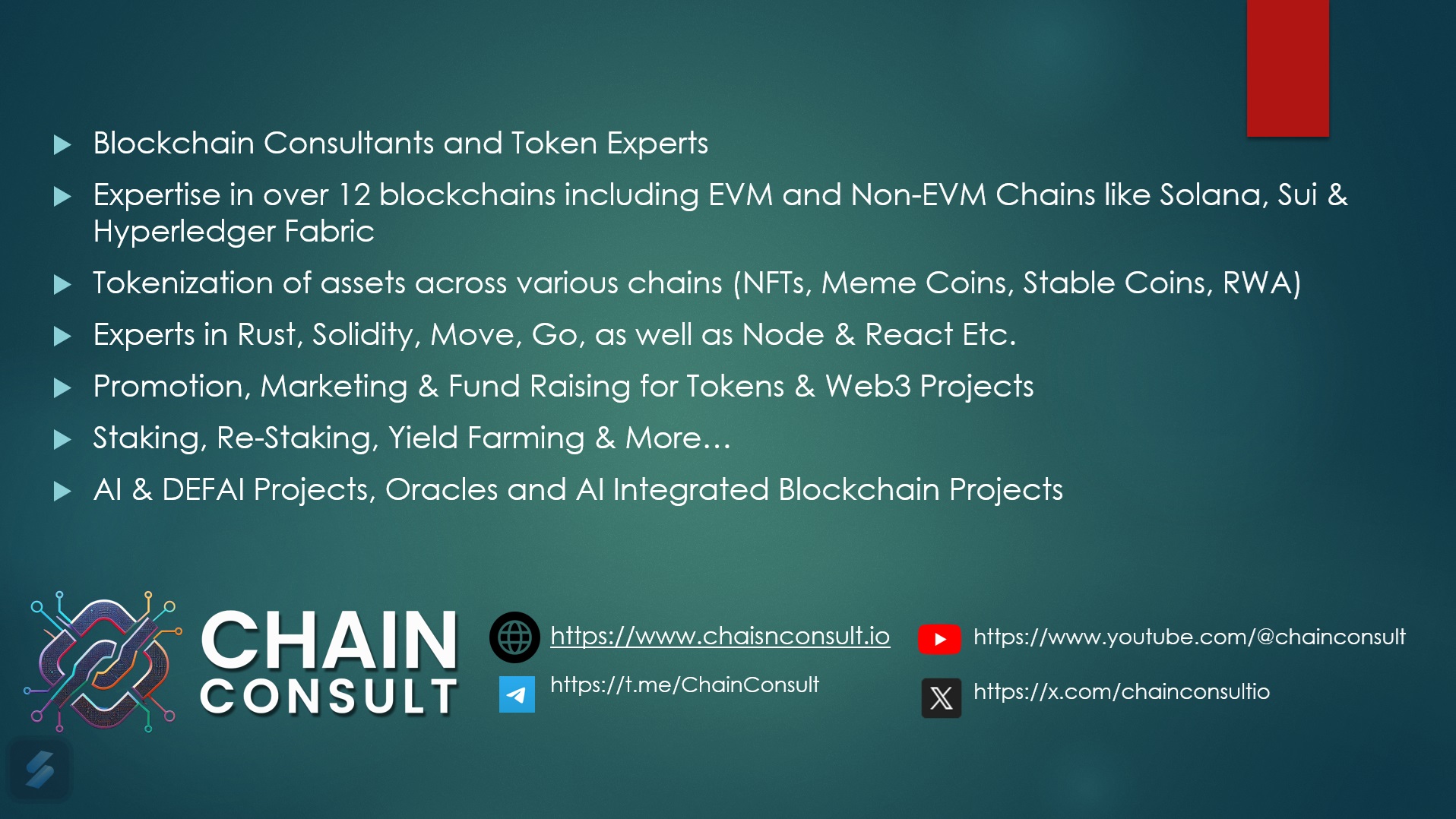
Blockchain technology and cryptocurrency are revolutionizing industries, but the jargon can be overwhelming for beginners. This guide simplifies the most essential blockchain terms to help you navigate the crypto world with confidence.
1. Blockchain
Blockchain is a decentralized, distributed ledger technology that records transactions across multiple computers in a secure, tamper-proof way.
Why It Matters
- Eliminates the need for intermediaries.
- Increases transparency and security.
- Enables peer-to-peer transactions.
Real-World Example
Bitcoin transactions are stored on a blockchain, making them secure and immutable.
2. Decentralization
Decentralization means that no single entity has control over the blockchain network. Instead, control is distributed across multiple participants (nodes).
Why It Matters
- Reduces the risk of hacking and fraud.
- Prevents any single point of failure.
- Encourages trust among users.
Real-World Example
Ethereum is a decentralized platform that allows developers to build applications without relying on a central authority.
3. Cryptocurrency
cryptocurrency is a digital or virtual currency that uses cryptography for security and operates independently of a central authority.
Why It Matters
- Enables fast, secure, and global transactions.
- Reduces reliance on traditional banking systems.
- Often used as a medium of exchange in blockchain-based projects.
Real-World Example
Bitcoin (BTC) and Ethereum (ETH) are popular cryptocurrencies.
4. Smart Contracts
Smart contracts are self-executing contracts with pre-defined rules written in code. Once conditions are met, the contract automatically executes the agreed-upon actions.
Why It Matters
- Removes the need for intermediaries.
- Enhances security and efficiency.
- Reduces costs associated with legal agreements.
Real-World Example
Decentralized Finance (DeFi) applications use smart contracts for automated lending and borrowing.
5. Nodes
Nodes are individual computers that maintain a copy of the blockchain and participate in the validation of transactions.
Why It Matters
- Ensures the security and integrity of the blockchain.
- Prevents manipulation of data by a single entity.
- Facilitates peer-to-peer transactions.
Real-World Example
Bitcoin’s network has thousands of nodes that validate and store transaction data.
6. Mining
Mining is the process of verifying blockchain transactions and adding them to the blockchain ledger using computational power.
Why It Matters
- Ensures network security and prevents fraud.
- Rewards miners with newly minted cryptocurrency.
- Maintains the decentralized nature of the blockchain.
Real-World Example
Bitcoin miners solve complex mathematical problems to validate transactions and earn BTC as a reward.
7. Consensus Mechanism
A consensus mechanism is a method used by blockchain networks to agree on the validity of transactions and maintain security.
Types of Consensus Mechanisms
- Proof of Work (PoW) – Used by Bitcoin, requires solving mathematical puzzles.
- Proof of Stake (PoS) – Used by Ethereum 2.0, relies on validators staking tokens.
- Delegated Proof of Stake (DPoS) – Users vote for delegates to validate transactions.
Why It Matters
- Ensures trust in the network.
- Prevents double-spending of digital assets.
- Reduces the risk of fraudulent activities.
8. Public and Private Keys
Public and private keys are cryptographic tools used for securing and verifying transactions.
- Public Key: A unique address used to receive funds.
- Private Key: A secret code that grants access to funds.
Why It Matters
- Ensures secure transactions.
- Prevents unauthorized access.
- Essential for managing cryptocurrency wallets.
Real-World Example
When sending Bitcoin, you use a public key (wallet address), while the private key is required to approve the transaction.
9. Gas Fees
Gas fees are transaction fees paid to miners or validators to process blockchain transactions.
Why It Matters
- Compensates miners for securing the network.
- Prevents spam transactions.
- Varies depending on network congestion.
Real-World Example
Ethereum users pay gas fees to execute smart contracts and transfer ETH.
10. NFTs (Non-Fungible Tokens)
NFTs are unique digital assets stored on a blockchain that represent ownership of items such as art, music, or virtual real estate.
Why It Matters
- Provides proof of ownership for digital assets.
- Enables new revenue streams for artists and creators.
- Expands the possibilities for digital collectibles and gaming.
Real-World Example
NBA Top Shot allows users to buy, sell, and trade officially licensed digital basketball highlights as NFTs.

